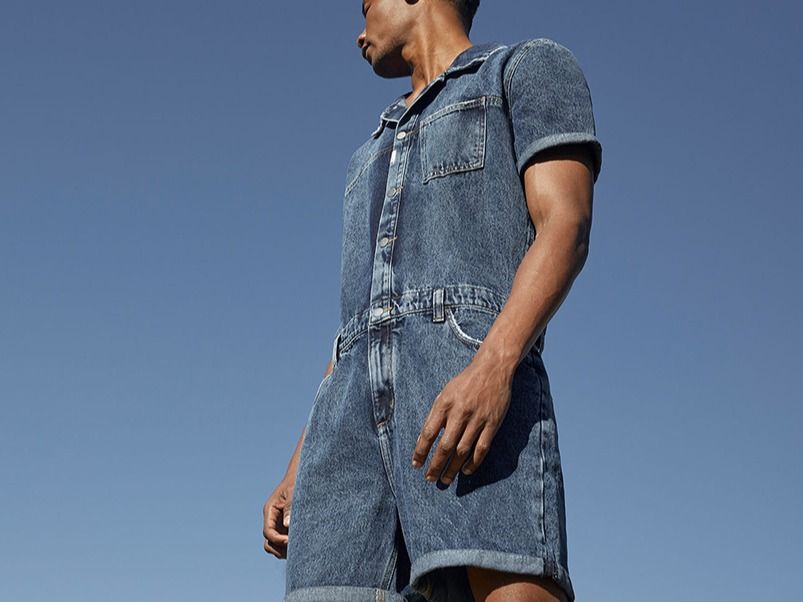Approved by curator

Added: Aug 14, 2021
Last edited: Dec 28, 2023
The fashion retail Renner has evolved its responsible fashion lines by implementing innovative production processes and methods to increase the efficiency of its resources.
In 2020, the company launched its new denim collection Re Jeans, developed with recycled denim made from landfill-destined textile waste whilst significantly reducing their water consumption. The textile waste is recycled through a process of separation, defibrillation, and spinning and is then ready to be reinserted into the denim production process. Re Jeans are free of synthetic fibres and made with certified cotton (Better Cotton Initiative and Global Recycle Standard), which guarantees its recyclability at the end of life.
According to the report A New Textile Economy: Redesigning the Future of Fashion by the Ellen McArthur Foundation, three-quarters of all material processed along the fashion value chain ends up in landfills, equivalent to one textile garbage truck per second. Initiatives to reduce waste generation, reuse, and recycling for a new life cycle are essential to diminish the textile industry's negative impact on the planet.
In 2019, the company invested in Research and Development projects to create new textile production processes that would increase the circularity of clothing. The threads used in the Re Jeans collections contributed to the reinsertion of 673 kg of denim fabric in the production cycle, preventing its disposal. In addition to this direct positive impact, the Life Cycle Analyses (LCAs), carried out during the first Re Jeans collection, has shown that this production method also reduces the environmental impact in many areas, compared to conventional jeans.
The company has developed a water footprint methodology that has made it possible to map water use in the production and finishing of each garment. Re Jeans are produced with 44% less water consumption compared to a conventional piece of jeans. The goal is to engage with the supply chain and improve the processes employed and give customers visibility on the level of water consumed in the different garments available for purchase.
Comparison of the Re Jeans vs. Conventional Jeans impacts:
Land use: - 44.5%,
Global warming: - 36.7%,
Water footprint: - 43.8%,
Human health: - 42.0%
Currently, 75% of all Renner jeans are made from lower impact materials and/or processes. Depending on the technology used in spinning, the yarn can make fabrics for new clothes or can be used for crafts, such as crochet and knitting. Application of these fibres also includes: filling pillows or dolls, making blankets and even filling car linings in the automotive industry, benefiting many industries.

Material efficiency
Reusable, recyclable materials and inputs
Using closed loop recycled materials
Design for minimal waste
Design for resource efficiency
Design for recycling
Productivity
Reduce Material Consumption (SDG12)
Minimise Waste (SDG12)
Save Water (SDG6)
Reduce Energy Consumption
circular fashion
recycling
denim
jeans
